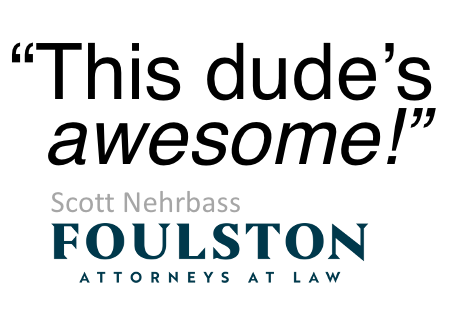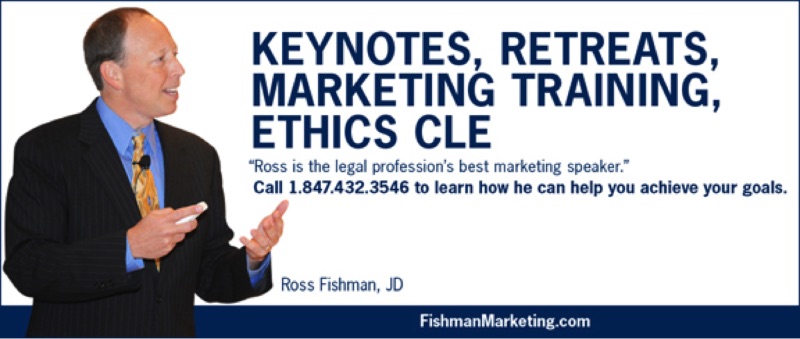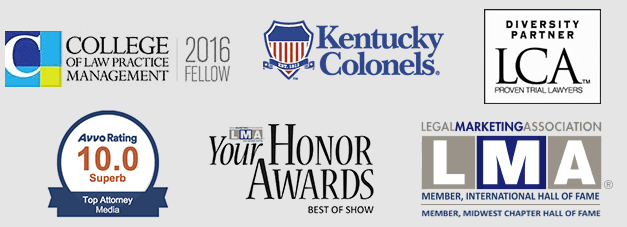Tom Cruise doesn’t stop in the middle of a movie to poll the audience.
Good material that’s well presented doesn’t need gimmicks to keep attendees from leaving. If they need to keep viewers paying attention with surveys or other artificial interaction, I think that’s a failure of the material and/or speaker.
Let me disagree with “conventional wisdom.” I don’t want audience questions during my webinars.
During much of 2020 and 2021, I’ve conducted 5-7 webinars per week for firms and associations worldwide. When a speaker is getting paid to do a program, their job is to spend the hour (1) educating and (2) entertaining the audience.
Online presenters must work much harder.
Packing up and walking out in the middle of a bad in-person presentation is difficult; there’s enormous social pressure to stay. But to exit a mediocre webinar, attendees just quietly click <Leave >. Today’s presentations can’t lag for a single minute.
Sixty minutes goes by fast…
…but a good presenter can pack an enormous amount of content into it if they can strictly control the pacing. I don’t want to interrupt the smooth flow of a well-timed presentation or hold back 15 minutes of that precious time fielding random questions at the end. 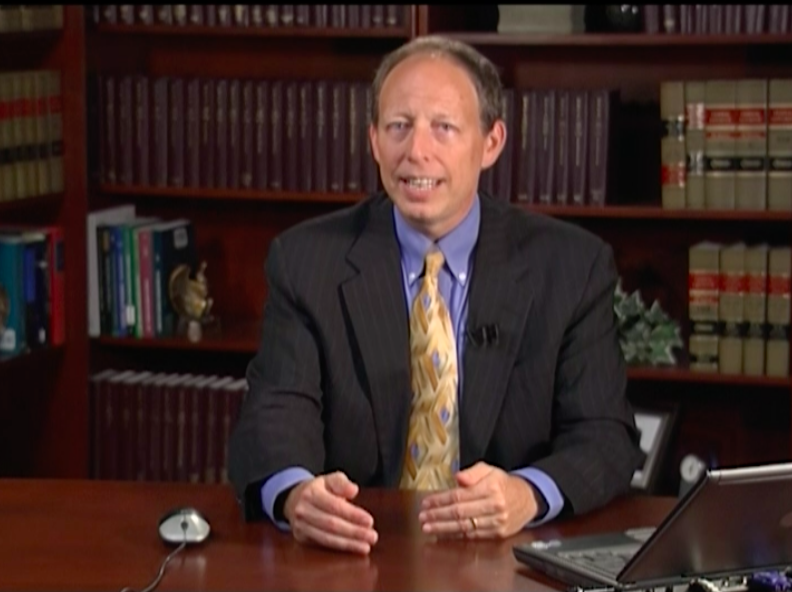
I think the presenter’s goal should be to pack 55 solid minutes of powerful content into a 60-minute time slot. I know precisely what I want the audience to learn. Some firm or organization has selected me as the subject-matter expert and they’re paying me to provide my best advice in the allotted time.
I’ll have already done all the research and distilled an enormous amount of data down to just one tight hour, discarding anything that’s not critical.
I’ll have carefully timed stories, examples, evidence, bullets, and eye-catching visuals, editing two hours of material into the tightest possible hour, added humor where possible, and rehearsed it literally dozens of times to get the timing and transitions right before the first person sees it. I typically spend at least 100 hours preparing every presentation. It’s like a movie―there’s a carefully structured flow of information with a defined beginning, middle, and end. A good presentation should lead the viewers along, step by step, telling a memorable story, just like a trial lawyer’s closing argument to the jury. Then it must be tweaked and tailored to target that firm or organization’s particular audience.
Why you don’t want to end with Q&As
I recently watched a 60-minute webinar by a leader in the field where I learned some useful tips. Unfortunately, I only received 30 minutes of total education because, following “generally accepted webinar rules,” she left 15 minutes at the end for audience questions. And, as always, most of them were either (a) pretty far afield, or (b) specific to the questioner’s personal situation, i.e. not useful to many others. So, after starting 3-5 minutes late to ensure the late log-ins didn’t miss anything, and another 5-7 minutes on basic housekeeping, holding the last 15 minutes for questions left just 30 minutes for her actual content.
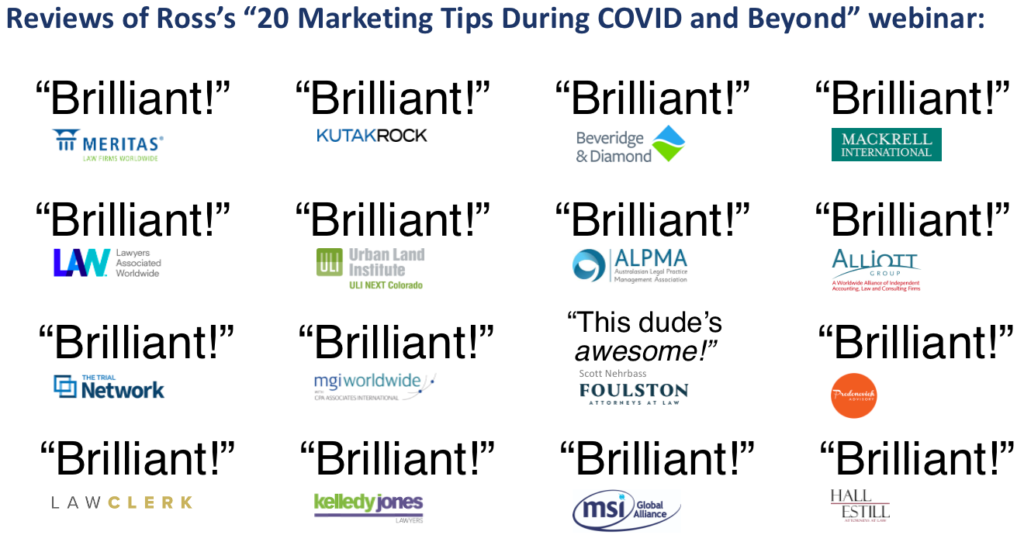
This means that we all missed ~45% of the potential value from the program. The presenter was an expert who assuredly had 15 minutes more useful wisdom she could have imparted, but instead spent it answering narrow questions that only applied to a few people.
A good question means I failed
My feeling is that if I get a question that is universally applicable to the entire audience, then I screwed up. And considering how much time I’ve spent on preparation, that’s pretty rare. But when it happens, I immediately add that information into the slide deck for next time. This continually improves the presentation and ensures that no one’s distractedly wondering about that point the next time. I never want an audience confused; I need them enthralled.
I think it’s preferable to answer individualized questions after the program ends. I’ll (a) call or email the person offline, rather than wasting everyone’s valuable time, or (b) stay online a bit longer―like when people used to line up to chat with the presenter after an in-person program.
Everyone thinks they have a tough audience…
…and that they need interactivity to keep them focused. That’s a fallacy. What that really means is that the previous presenters didn’t do their job. Yes, maintaining attendees’ attention on a small phone or tablet screen is extremely challenging. So, today’s presenters must work even harder to ensure that every single minute of the presentation is compelling and entertaining. That’s a tall order. But it’s today’s reality.
Here’s how to handle Chat questions:
Of course, I’m always happy to take important and widely applicable questions during the program. I do so by having a moderator screen the questions typed into the Chat box. My instructions to them are to review the questions and determine whether they are of sufficiently widespread applicability to merit interrupting me on the spot, while we’re still on that topic.
That is, is it something nearly every viewer is likely to be wondering about? If so, by all means, chime in. But if not, I’ll respond after the program. Because the 3-5 minutes it’ll take responding to Joe’s personal question will force out 3-5 minutes of other material that I’ve already vetted as vital enough to share with everyone.
I don’t like holding back 15 minutes for Q&A at the end…
…because that’s when people start logging off. I’ve seen the attendee statistics―as soon as you get to the “Q&A” slide, attendance plummets. Most of us have learned that it’s likely to be a waste of time. And that’s 15 minutes I could have spent teaching the viewers something that my experience suggests would have helped them do their jobs better.
Many pros recommend “seeding” the Q&A section…
…that is, getting the discussion started by planting some good questions in advance, to get the Q&A started, in case no one volunteers. Consider how many brilliant audience questions have you heard in a Zoom Q&A segment–I’d suggest the answer is “not too many.”
Do you agree?
——————————–
Interested in booking Ross Fishman for a webinar, marketing training, or Ethics CLE program? See rossfishman.com. Contact Ross directly at ross@fishmanmarketing.com, or 1.847.921.7677!
LinkedIn https://www.linkedin.com/in/rossfishman/
Ross LawFirmSpeakers.com bio https://www.lawfirmspeakers.com/ross-fishman/
Hottest speaking topics http://rossfishman.com/hottest-topics/
Ross Testimonials http://rossfishman.com/testimonials-ross/
http://rossfishman.com/
Video 250 branding examples https://www.youtube.com/watch?v=vjH3Kh3K8vU&feature=youtu.be
Video Ross speaker demo https://www.youtube.com/watch?v=ie9nu7Xdr1Q

